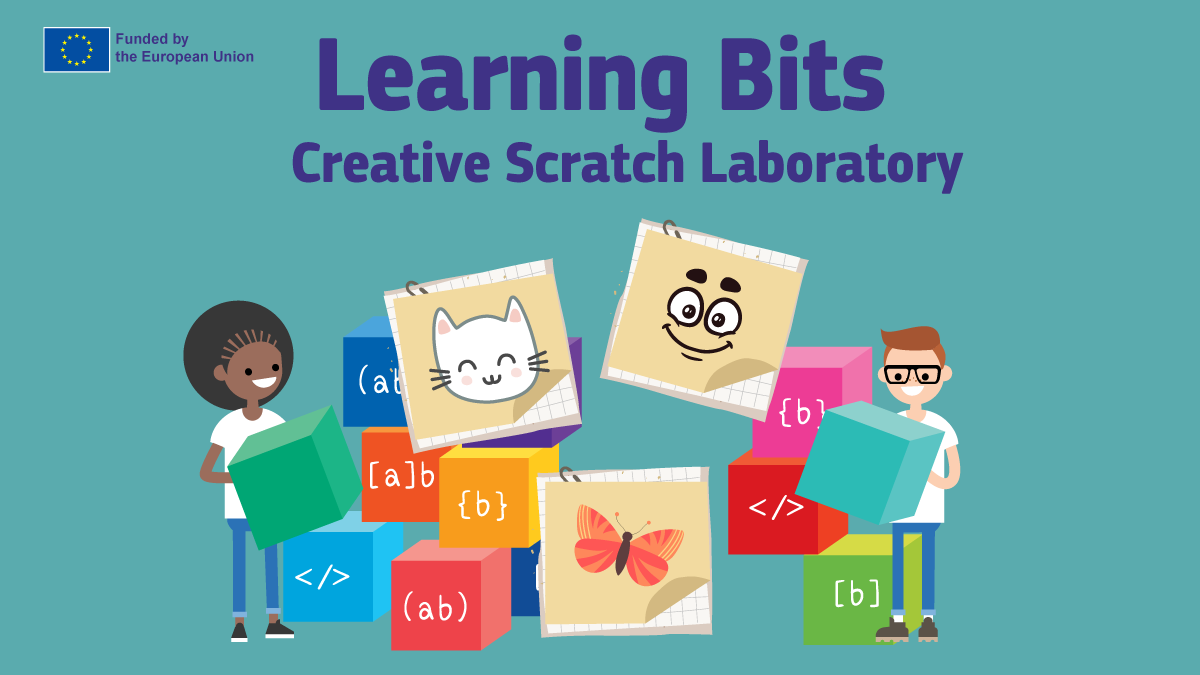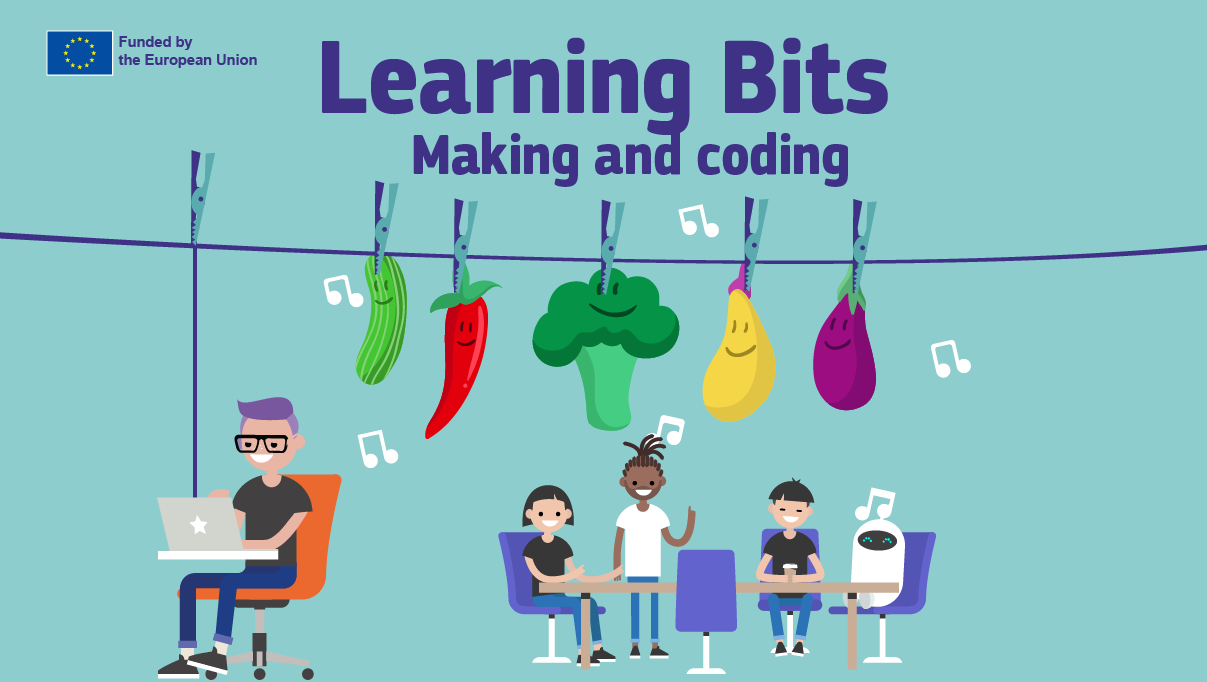Presenting the New Learning Bit: “Making and Coding”
Publication date: June 7, 2024
EU Code Week is excited to introduce a new Learning Bit designed to inspire young learners through the fusion of creativity and technology: “Making and Coding.” This resource is perfect for beginners eager to explore the basics of programming and hands-on creation, bringing coding concepts to life in an engaging and practical way. With three thoughtfully crafted lesson plans, “Making and Coding” offers a dynamic approach to learning that integrates the digital and physical worlds.
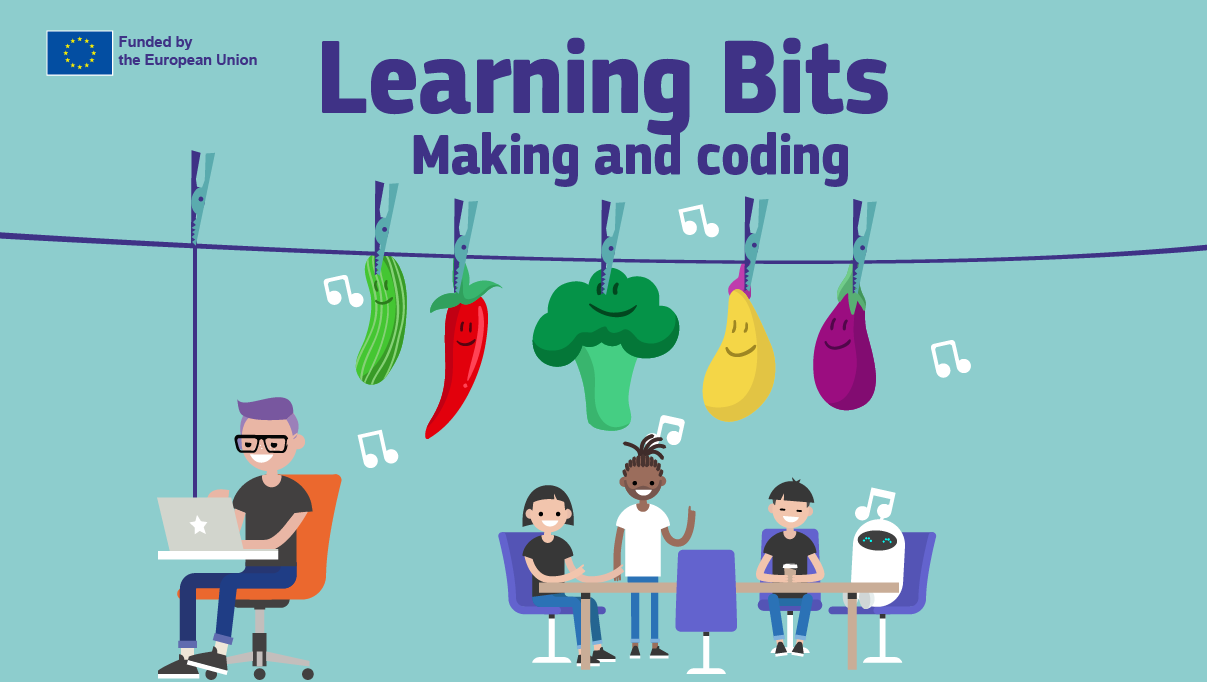
Lesson Plan 1: Makey Makey Meets Music
The first lesson, “Makey Makey Meets Music,” is a three-hour activity aimed at beginners. The primary objective is to combine creativity with programming, teaching students to use conductive objects as input devices to create music through the Scratch platform. This lesson helps students connect the real world with the digital realm while developing basic coding skills, computational thinking, and problem-solving abilities.

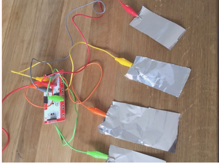
Teachers provide instructions and support as students become makers and coders, turning their imaginative ideas into tangible projects. The activity starts with an introduction to Scratch, a block-based programming language. (If you are new to Scratch check out this EU Code Week Learning Bit). Students then explore which objects are conductive and learn to connect these objects to a computer using the Makey Makey kit. By the end of the lesson, students will have created a Scratch project that allows them to generate music by touching real-world objects, effectively merging the physical and digital worlds in a fun and educational manner. This activity can be conducted in a classroom, IT room, or makerspace, offering flexibility in learning environments.
“Makerspaces are vibrant hubs where creativity thrives and hands-on projects come to life. When selecting equipment for a makerspace, the focus is on tools such as Calliope mini, Microbit, or Makey Makey, as they offer a wide range of possibilities suitable for students of different ages and skill levels,” said activity organiser and EU Code Week leading Teacher Ulla Hauptmann. “These boards support the development of creative projects for younger children thanks to their block-based programming languages are available for these boards. For older students, more complex projects can be generated using these boards.”
Lesson Plan 2: Talking Pictures
The second lesson, “Talking Pictures,” spans 2-4 hours and is designed for intermediate learners. It builds on the foundational skills acquired in the first lesson, aiming to combine creativity and programming using Makey Makey or Microbit. This lesson emphasises the implementation of creative ideas through hands-on work, further developing students’ coding skills and competencies in computational thinking, problem-solving, and teamwork.
Students engage in a project where they create a “talking box” that provides audio information about selected topics when touched. The activity begins with an introduction to Scratch and involves researching the chosen topic, followed by constructing a physical box with conductive touchpoints connected to Makey Makey or Microbit. By connecting conductive materials like aluminium foil to the Makey Makey, students can activate pre-recorded audio clips in Scratch, bringing their projects to life.
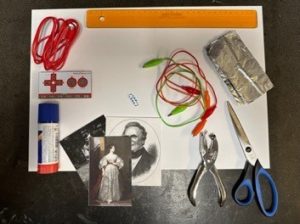
Lesson Plan 3: Create an Interactive Poster
The final lesson, “Create an Interactive Poster,” is a more advanced project that takes 3-5 hours to complete. It continues to blend creativity with programming, using Makey Makey to transform a poster into an interactive educational tool. This lesson encourages students to implement creative ideas, enhance their coding skills, and develop competencies in computational thinking and teamwork.
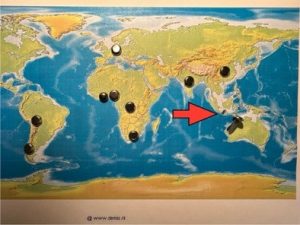
Students begin by selecting or creating a poster on a topic of their choice, such as the resources needed for smartphone production linked to the United Nations Sustainable Development Goal 12. They then integrate conductive touchpoints using Makey Makey, allowing viewers to interact with the poster to receive information or trigger actions in a Scratch project. This hands-on approach not only reinforces programming skills but also promotes awareness of global issues and sustainability.
Embracing Creativity and Coding
The “Making and Coding” Learning Bit is a valuable resource for educators looking to inspire young students with the magic of programming and creative expression. By integrating Makey Makey and Scratch, these lesson plans offer a comprehensive and engaging way to introduce coding concepts while fostering creativity, problem-solving, and teamwork. As students learn to bridge the gap between the physical and digital worlds, they develop essential skills that will serve them well in our increasingly technology-driven society.
Organiser Ulla Hauptmann urges teachers to make use of the resource: “Explore the Making and Coding Learning Bit to dive into a world of makerspaces and foster interdisciplinary skills like teamwork and social collaboration while sparking innovation and enthusiasm in your students.”
Learn more about the EU Code Week free training materials and online courses here: EU Code Week Trainings

